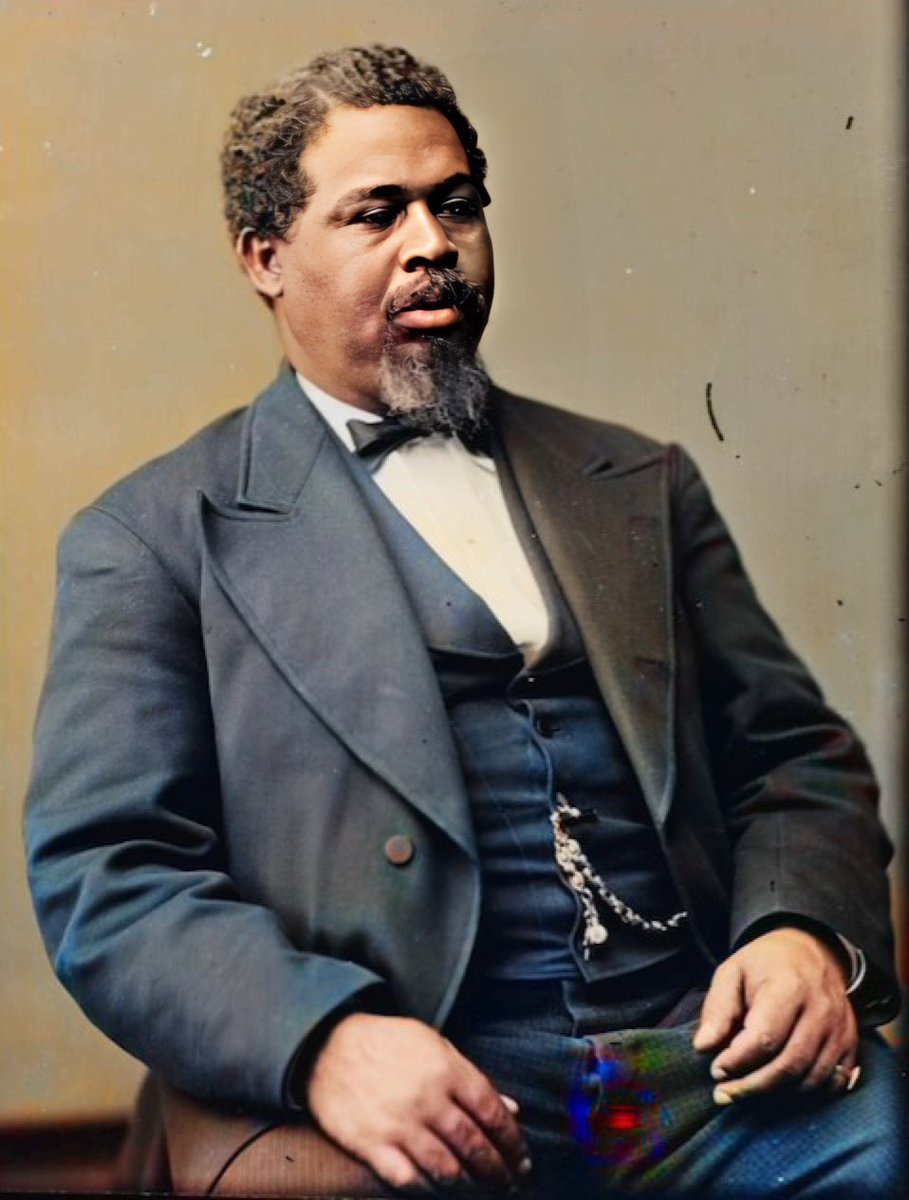
Sarah Rector became a multi-millionare oil baron and the richest black child at just 12 years old.
She was so rich that Oklahoma legislature legally declared her to be a white person.
A THREAD!

She was so rich that Oklahoma legislature legally declared her to be a white person.
A THREAD!


Sarah Rector was born in 1902 in Oklahoma to Joseph Rector & Rose McQueen. They were African descendants of the Creek Nation Creek Indians before the Civil war which became part of the Creek Nation after the Treaty of 1866.
As such, they and their descendants were listed as freedmen thus entitled to land allotments under the Treaty of 1866 made by the United States with the Five Civilized Tribes. 

Nearly 600 black children or Creek Freedmen minors (as they were called) were granted 160 acres of land each. This was a mandatory step in the process of integration of the Indian Territory with Oklahoma Territory to form what is now the State of Oklahoma.
The parcel of land allotted to Sarah Rector was located in Glenpool, 60 miles from where she and her family lived. It was considered inferior infertile soil, not suitable for farming, with better land being reserved for white settlers and members of the tribe.
The family lived simple lives but not in poverty but the $30 annual property tax on Sarah's parcel was such a burden that her father petitioned the County Court to sell the land. His petition was denied because of restrictions placed on the land.
To help cover this expense, in February 1911, Joseph Rector leased Sarah's parcel to the Standard Oil Company. In 1913, the independent oil driller B.B. Jones drilled a well on the property which produced a "gusher" that began to bring in 2,500 barrels of oil a day. 

Rector began to receive a daily income of $300 from this strike. The law at the time required full-blooded Indians, black adults and children who were citizens of Indian Territory with significant property and money, to be assigned "well-respected" white guardians.
In October 1913, Rector received royalties of $11,567. As soon as Rector began to receive a lot of money, there was pressure to change Rector's guardianship from her parents to a local white resident.
Given her wealth, the Oklahoma Legislature declared her to be a white person, so that she would be allowed to travel in first-class accommodations on the railroad, as befitted her position. 

Rector was already a millionaire by the time she had turned 18. She left Tuskegee with her entire family and moved to Kansas City, Missouri. 

You can support my history page/project here through donations/tips to keep up on: ko-fi.com/africanarchives
• • •
Missing some Tweet in this thread? You can try to
force a refresh
























